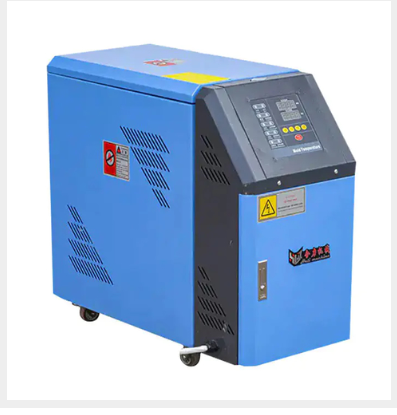Summary:Modern mold temperature controllers offer numerous benefits for streamlining manufacturing processes. These controllers are essential tools used in pl
Modern mold temperature controllers offer numerous benefits for streamlining manufacturing processes. These controllers are essential tools used in plastic injection molding and other manufacturing operations where maintaining precise temperature control is crucial. Here are some of the advantages of using modern mold temperature controllers:
Improved Product Quality: Consistent temperature control is essential for producing high-quality products. Modern controllers ensure precise and stable temperature regulation, minimizing the chances of defects such as warping, sink marks, or part shrinkage. By maintaining optimal temperature conditions, these controllers contribute to producing parts with better dimensional accuracy and surface finish.
Increased Productivity: Efficient temperature control helps accelerate the manufacturing process. Modern controllers allow for faster heating and cooling of molds, reducing cycle times. This means more parts can be produced within a given timeframe, increasing overall productivity. Additionally, quick and accurate temperature adjustments enable faster mold changeovers, minimizing downtime and maximizing operational efficiency.
Energy Efficiency: Modern mold temperature controllers are designed with energy-saving features. They utilize advanced heating and cooling technologies, such as energy-efficient heaters and heat exchangers, to optimize energy consumption. By minimizing energy waste, these controllers help reduce operational costs and promote sustainability in manufacturing processes.
Process Stability: Temperature fluctuations can adversely affect the molding process and lead to inconsistent product quality. Modern controllers offer precise temperature regulation and stability, ensuring consistent thermal conditions for the molds. This stability helps minimize process variations, leading to more predictable and repeatable results.
Remote Monitoring and Control: Many modern mold temperature controllers come equipped with remote monitoring and control capabilities. Through digital interfaces and connectivity options, operators can monitor and adjust temperature settings from a centralized control panel or even remotely via computer or mobile devices. This feature allows for real-time monitoring, data logging, and troubleshooting, improving operational control and reducing the risk of errors.
Versatility and Flexibility: Mold temperature controllers are available in various configurations to accommodate different manufacturing requirements. They can handle a wide range of mold sizes and types, making them suitable for diverse applications. Whether it's small-scale production or large-scale industrial operations, modern controllers offer flexibility to adapt to different molding needs.
Safety Features: Advanced safety features are integrated into modern mold temperature controllers to protect both equipment and operators. These features include over-temperature alarms, sensor malfunctions detection, and emergency shutdown mechanisms. By ensuring safe operating conditions, these controllers help prevent accidents, equipment damage, and product defects.














